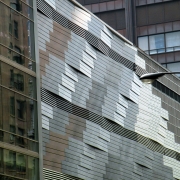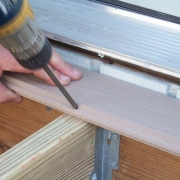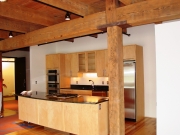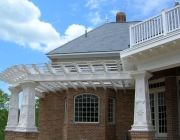Metal Wall Panels
This topic includes information related to metal wall panels installed during construction. Metal wall panels are non-structural panels. While integral to a structures exterior aesthetics, metal wall panels primary role is to clad the exterior walls of a structure and keep water from penetrating the building envelope. Metal wall panel material can be aluminum, stainless steel, copper or steel. A variety of types are available, including; lap-seam, composite, insulated, flat plate and faced.



